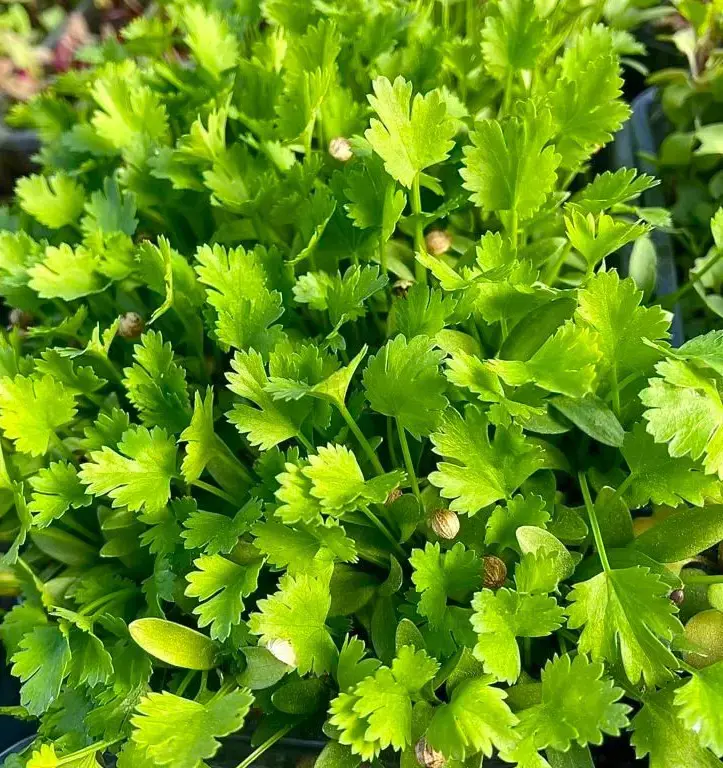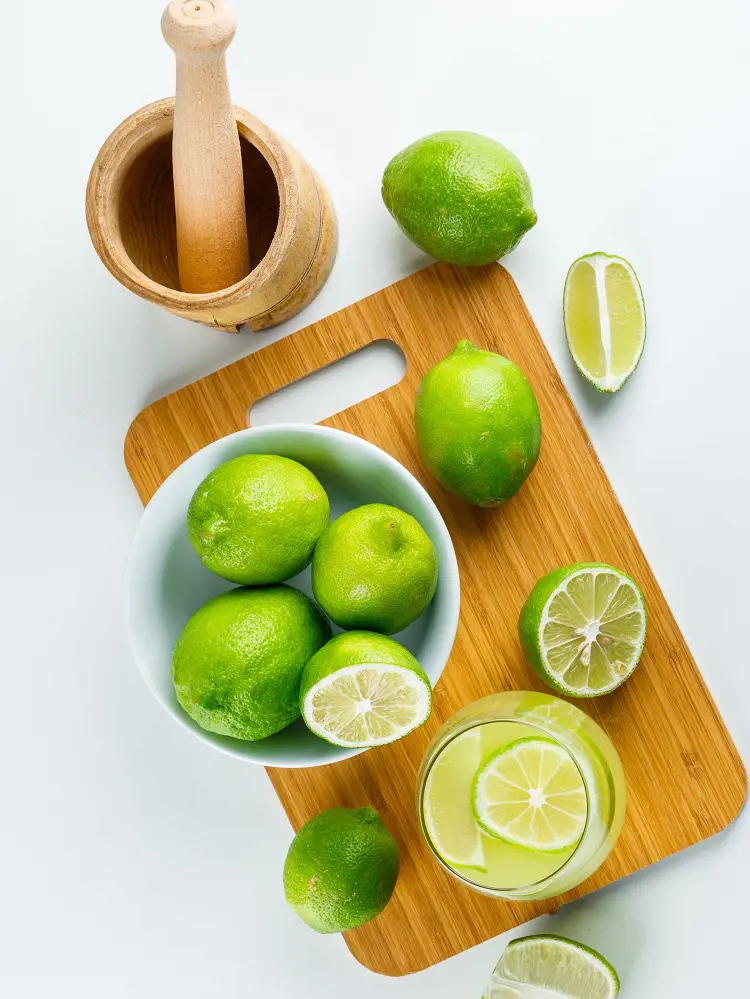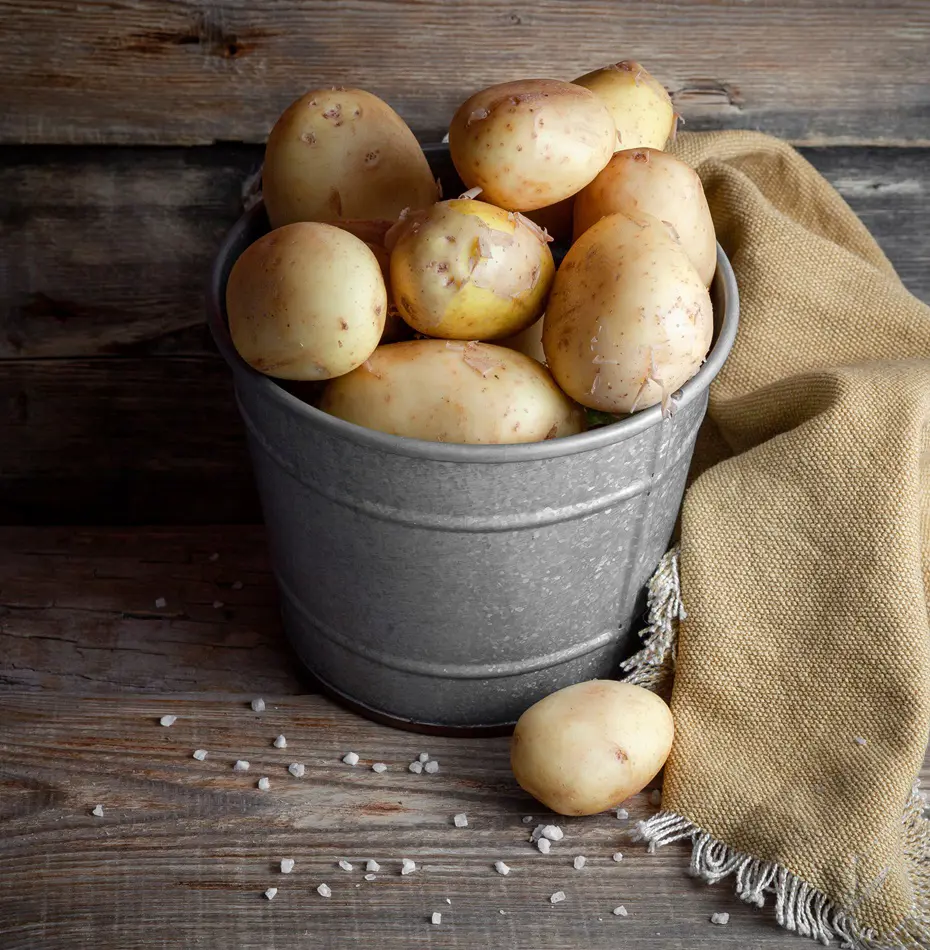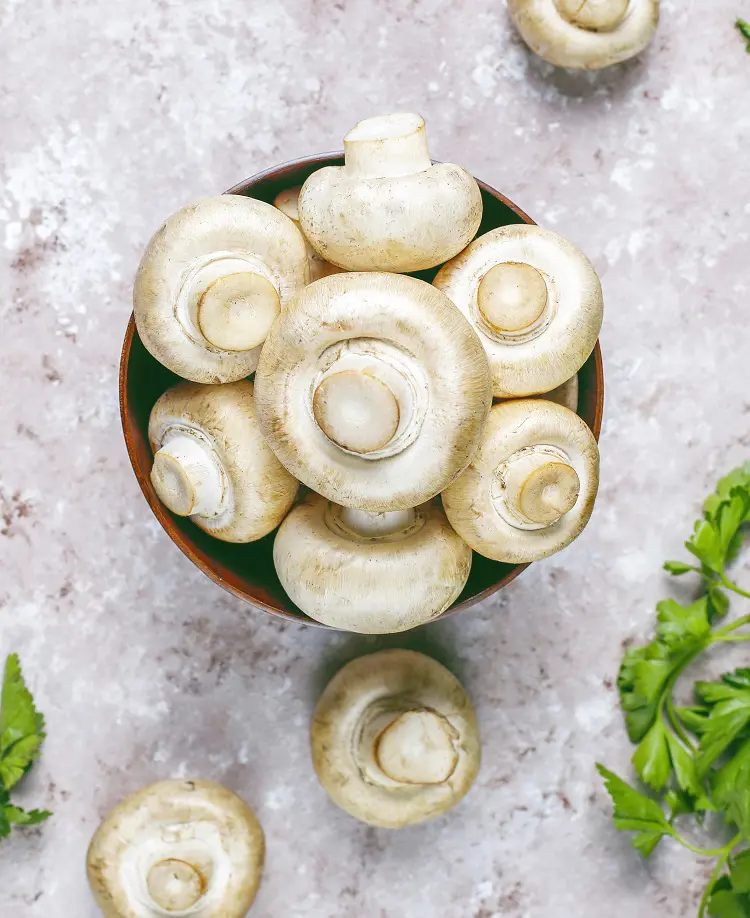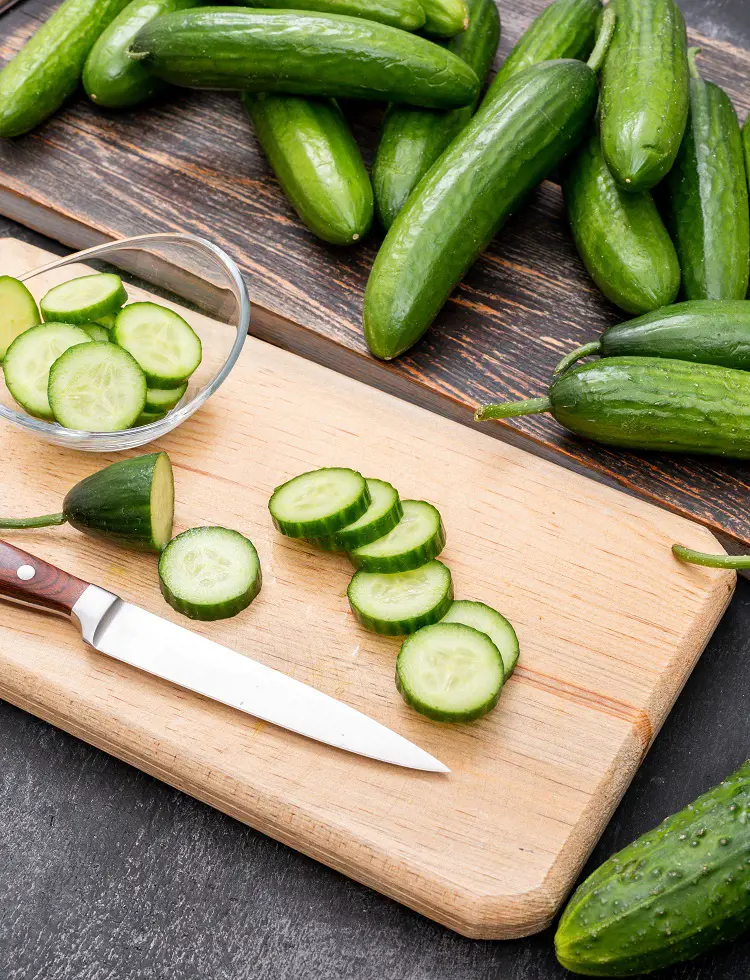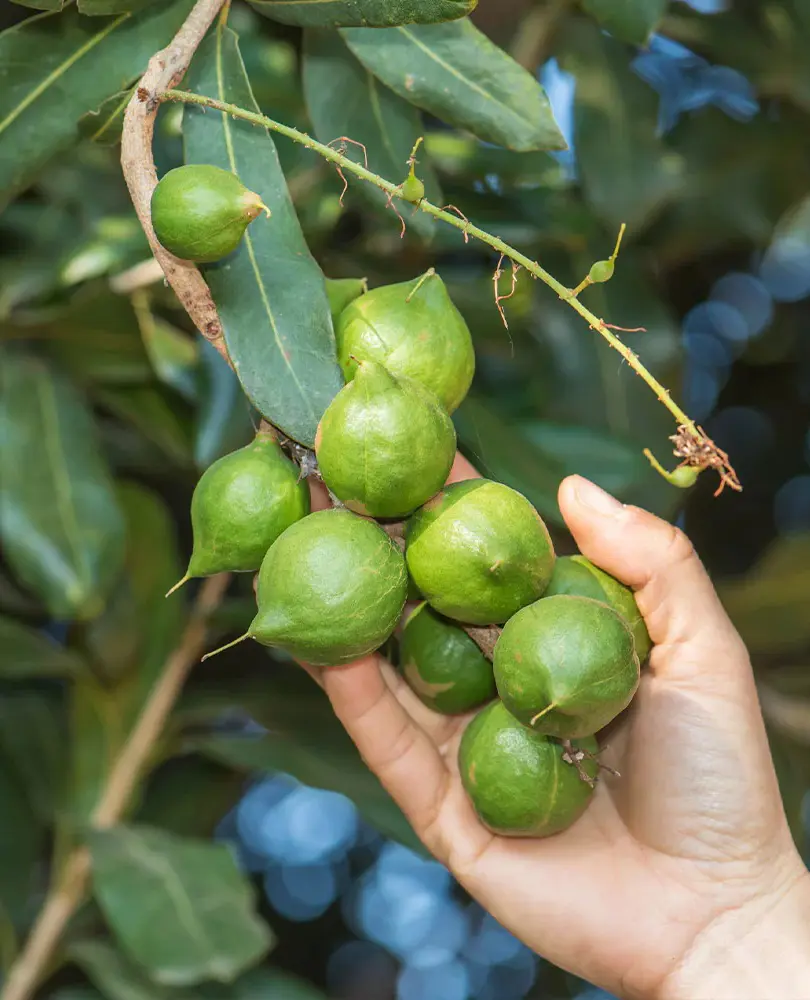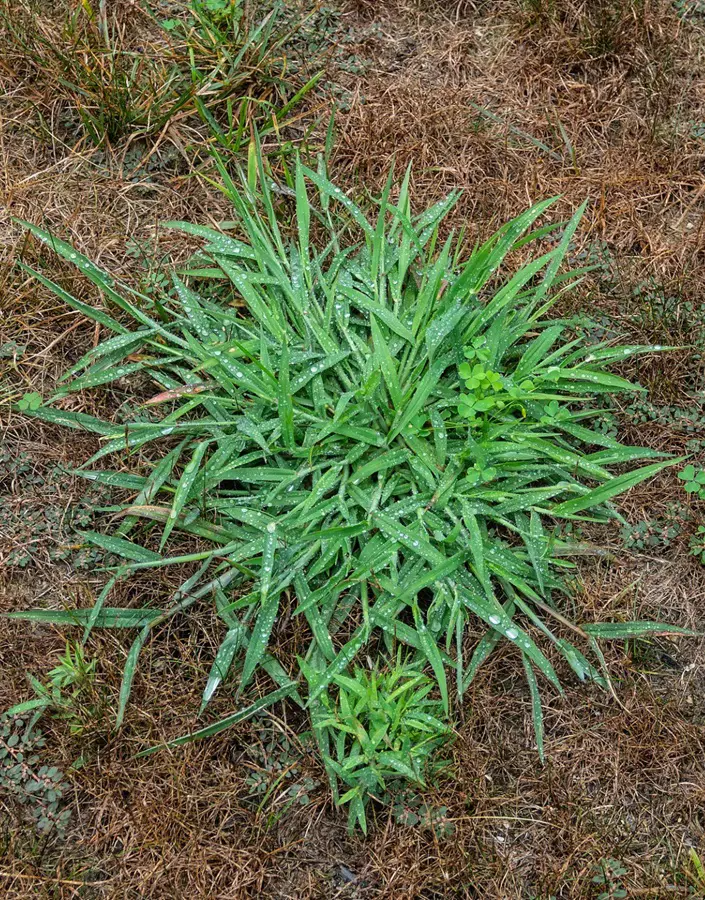
If you are an avid gardener, you probably have a collection of seeds saved from your vegetable garden or purchased quality seeds. You have a constant supply of seeds because you cannot live without plants.
Therefore, you should store your seeds properly to keep them as long as possible. It is crucial to ensure the right conditions are maintained, even if you only need them to last until the next planting season. Here are some tips on how to store seeds.
Ideal Conditions For Storing Seeds
A seed has three major parts: an external hard shell, a plant’s embryo, and an endosperm. When storing the seeds, the plant hidden in the shell must be dormant, meaning it should not germinate.
However, even when the plant is dormant, the endosperm will gradually break down. The endosperm is made of starches, which will degrade in time. This degradation will reduce the quality and shelf life of the seed.
Many factors speed up this degradation. Let’s examine these in a bit more detail!
Light
Sunlight reduces the shelf life of many organic products, especially seeds. The light triggers the tiny plant inside the seed to germinate. The plants feed on sunlight, and a light source encourages them to try to sprout.
Therefore, it is essential to keep your seeds in a dark place using opaque containers. If you do not have opaque containers, seeds can be stored in a dark storage place to prevent as much light exposure as possible.
Moisture
Just like sunlight, water encourages seed germination. Plants need water to grow and develop. Moisture causes the seeds to germinate and thereby reduces their shelf life.
Moisture is great when growing alfalfa sprouts, but bad news when trying to extend your seeds’ shelf life. Moisture softens the outer seed and makes it vulnerable to rot. You want to avoid the softening of the outer seeds to promote good dormancy.
So, avoid storing your seeds in moist conditions as much as possible.
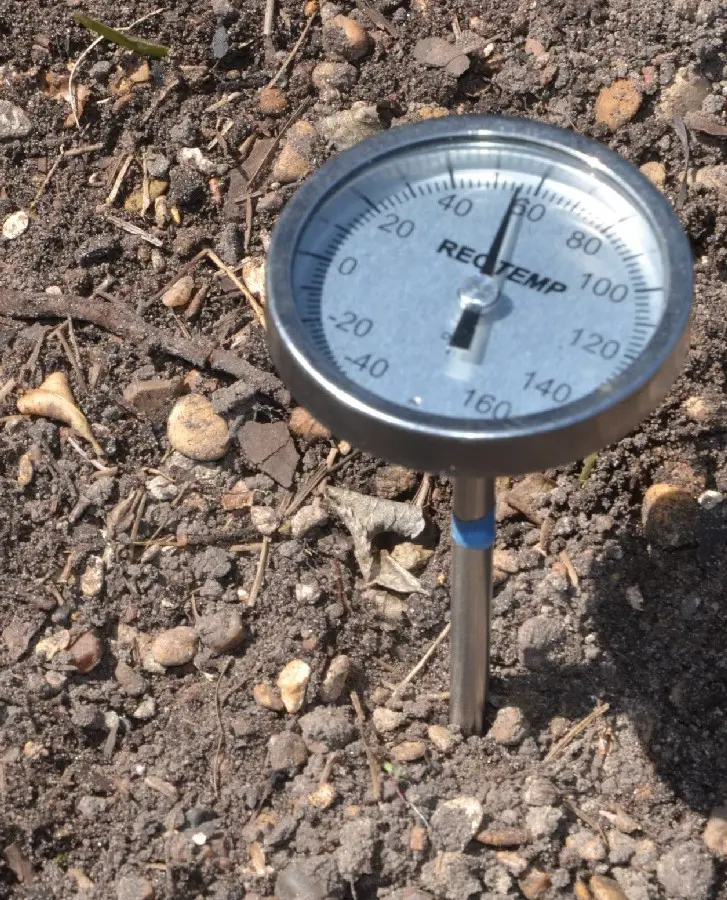
Temperature
Seeds in the soil can tell if it is time to germinate from the soil temperature. However, they cannot distinguish if they are in the ground or a seed packet. Even without soil, the seeds will germinate when the temperature is over 60 degrees Fahrenheit.
If you store your seeds in this ideal temperature range, the seeds will not stay dormant and start sprouting. Non-dormant seeds will degrade quickly. Therefore, the seeds should kept in a cool place.
Pests
Lots of rodents and insects love seeds. Mice, chipmunks, squirrels, rats, ants, beetles, and birds will munch on the seeds at any chance.
Therefore, you need to be proactive. Be on the lookout for these seed-loving insects and rodents and set up preventative measures. Also, store your seeds in pest-proof containers.
Things You Need For Seed Storage
Before you organize and store your seeds, you should gather everything you need. Below are some of the supplies you need for seed storage.
Seed Envelopes or Seed Packets
Envelopes and seed packets are great for storing individual seed types. The packets and envelopes allow you to label and categorize different seed varieties with ease.
You can use any envelope you have on hand like paper or kraft but a seed-saving envelope is more efficient. They come with spaces for labeling, which saves you time from creating separate labels.
They offer reasonable protection from moisture and light, but most importantly, they are compact and space-saving. Ensure they are labeled with the seed type, variety, and date of collection or purchase.
Airtight Containers
Mason jars, plastic containers, and metal tins are airtight and can be used to keep seeds dry and protected from pests. These containers also prevent moisture and minimize oxygen exposure, both of which degrade seed quality over time.
Desiccant Packs
Desiccant packs are small packets filled with a drying agent, typically silica gel, that absorbs moisture. Tossing in a desiccant pack in your seed containers or jars will maintain a dry environment, prevent mold growth, and protect the seeds from germination.
Labels and Markers
You need labels and markers to organize your seeds. Labels will help you identify and date each seed packet or container.

Organizers or Storage Boxes
If you have stored the seeds in envelopes and packets, prepare a dedicated box or organizer with compartments to keep seed packets looking neat and organized.
This organization system will save you time from rummaging through all your storage boxes and containers because it makes everything easy to find. The organizers also keep the seed packages secure and dry.
Refrigerator or Cool, Dry Storage Area
As mentioned before, moisture and warm temperatures are an enemy of seed storage. Seeds need to be stored in cool and dry places like a fridge, dark pantry, or cupboard.
Where you choose to store your seed will depend on the specific type of seed you have and your storage conditions.
Best Way To Store Seeds
Now that you have a little knowledge of seed storage, it is time to store the seeds. Here is everything you should know.
Gather/Collect Your Seeds
The first step in storing your seeds is to gather and collect them. For this, you need to learn how to save seeds. Saving seeds is particularly useful for people who have a garden with crops and want to save their seeds.
Whether you are trying to decide how to store vegetable seeds or flower seeds, the process is the same.
Steps:
- To save the seeds, allow the plant’s seeds to mature naturally before collecting them.
- For seeds with a gel coating like tomatoes, remove the gel as it does not aid in preservation.
- Place the gel-coated seeds in a bowl of water with a lid, shaking or stirring them once a day. The gel will break down and detach from the seeds, allowing you to rinse them off.
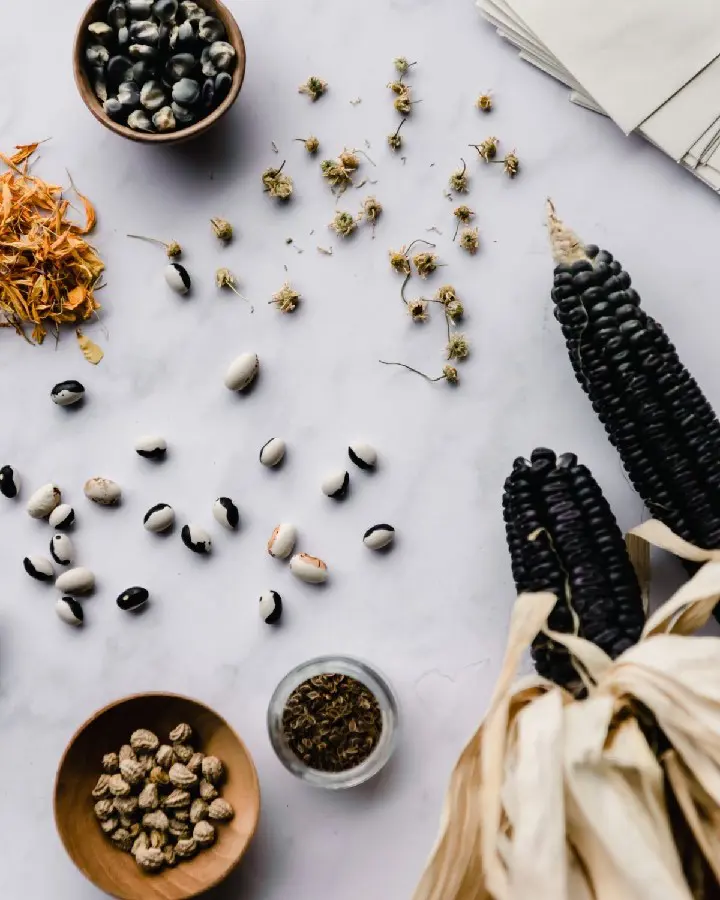
Dry Your Seeds
- Once your seeds are clean, it is time to dry them.
- Spread your seeds in a thin layer on a piece of parchment paper.
- Place them in a well-ventilated area with the ideal drying temperature of 60 to 100°F.
- Move the seeds every day or two to ensure they dry evenly.
- You can also use a food dehydrator at extremely low-temperature settings of 80-90°F if you have one. If your dehydrator runs hotter than that, don’t use it!
- Do not run it for more than half an hour at a time to prevent accidentally cooking your seeds.
- You can also use a fan. Put the seeds between two fine screens. Then, attach these screens to the front of a box fan using rubber bands.
- Raise the fan slightly using bricks so air can flow underneath. Turn on the fan to dry the seeds.
Prepare Your Storage Containers
Ensure that you have enough envelopes and packets if you are using them. If you are using jars or containers, clean and dry them. Dirt and debris can affect the seed quality.
You can also use plastic bags, provided no moisture is trapped inside when you seal them. Press out all air and ensure it is completely closed.
Sort Your Seeds
Once you have gathered your seeds and the crops' seeds are dry, organize them. You can categorize your seeds based on the planting season.
You can also categorize the seeds by type, like vegetables, flowers, and herbs. You can further divide each category into subcategories. For vegetables, you could have carrots, tomatoes, lettuce, etc. For herbs, you could have cilantro, dill, basil, thyme, and so on.
As you organize your seeds, take inventory of your remaining seeds so that you know which you need to stock up.
Label Clearly
After organizing your seeds, put them away in envelopes and containers. Write the seed name, variety, and date on each container.
Choose A Storage Location
Once you finish putting your seeds in containers and labeling them, you need to store them. Seeds need to be stored in a cool, dark, and dry place.
Ensure there is no moisture around your seeds, and keep the temperature at 40° Fahrenheit or lower. However, avoid sub-freezing temperatures, as they can kill certain plant embryos. Here are a few storage options you can consider.

Cold Storage
A cold storage like a fridge or a beverage cooler is ideal for seed storage. A refrigerator is a good option if you do not have a beverage cooler. But seeds need to be stored around 35-40° F. This temperate range may cause frost damage to other food. Therefore, having separate storage with temperature control, like a beverage cooler, is ideal for your seeds.
Maintaining Temperature Fluctuations
A beverage cooler also does not require you to open the cooler multiple times in a day and let out cold air. Not letting cold air out helps maintain the temperature range. You can place your packaged or contained seed in an opaque box for extra protection. The box adds another layer of light prevention.
Dry Storage
You can also store your seeds outside your fridge and beverage cooler if the storage place is cool and dry. You can store your seeds in a cabinet, drawer, or shelf. You can add an extra layer of protection with containers and store them inside the storage furniture.
An ideal dry storage area would be in the pantry or shed using card catalogs. Card catalogs can store massive amounts of seeds they have. They are easy to find second-hand and great for people who are avid seed collectors.
Taking Your Seeds Out Of Cold Storage
When you need seeds from the cold storage, take out the box or containers the seeds are in from the cold storage. Do not open the seed box immediately. Place the container somewhere and let it come down to warm up a bit.
If you open the box immediately, rapid temperature change can cause moisture to condense inside the container. This moisture will be difficult to remove when you put your seeds away again.
It is better to organize your seeds in boxes based on the planting season to avoid this. This organization helps prevent unnecessary handling, which could damage the seeds.
Shelf-life Of Seeds
After storing away your seeds, you might be curious about their shelf life. There is no guaranteed time frame on how long the seeds will last because it depends on the type of seeds you are storing and the conditions they are stored in.

Flower Seeds
In general, most flower seeds can remain viable for several years if they are stored in optimal cold storage conditions without significant degradation.
Annual flower seeds like marigolds and zinnias last 1 to 3 years. Perennial flower seeds like coneflowers and lupines are viable for up to four years. Hardy flower seeds like poppies and columbines last five years or more.
Vegetable Seeds
The shelf life of vegetable seeds is more difficult to establish because of the natural oils in the seeds. The oilier the seed, the higher the risk of spoilage. But here is a general guideline on how long different types of vegetables last.
- 1 year: Corn, Spinach, Parsnips, and Alliums such as chives or garlic should be replaced yearly, as they are oilier than other vegetable types. They have the shortest seed lifespan.
- 2 years: Onions, leeks, peppers, beets, parsley, swiss chard, and bush or pole beans
- 3 years: Lettuce, melons, carrots, squash, tomatoes, cucumbers, rutabagas, Asian greens such as mizuna or bok choy.
- 4 to 5 years: Radish, turnip, kale, collards, brassicas such as broccoli, cabbage, kohlrabi, brussels sprouts, and cauliflower
Expired Seeds
When you buy seed packets, you will see the expiration dates on the labels written as “sell by” or “packer for.” Seeds do not immediately go bad once they have passed the “best by” date, much like food.
These numbers are all estimates, and they represent when the seeds will be the freshest. You can still use seeds past these dates. However, their chances of germinating will decrease with each passing year.
Some seeds will successfully sprout and grow many years beyond that date, but they will be weak and need extra care. It is better not to keep any seeds for more than ten years.


